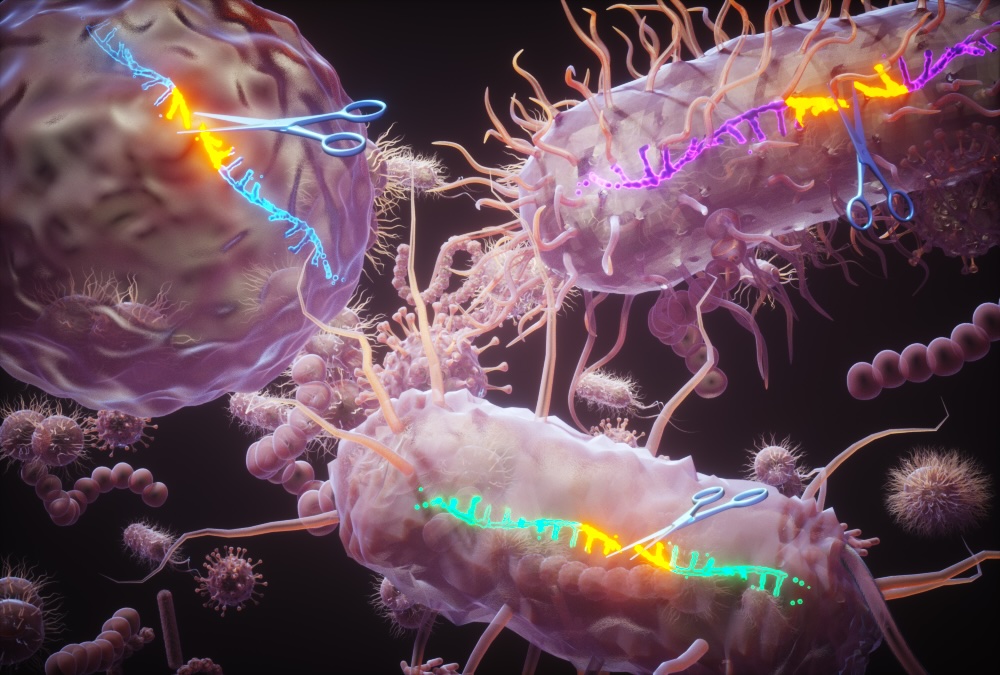A new tool for ssDNA technology!

Fifteen years ago, while studying the manganese exporter MntX in Neisseria, I noticed some intriguing repeated sequences surrounding the gene. It took us all this time to fully understand their role and discover the factor that target them. In this Nature Communications article , we introduce a new family of proteins capable of cleaving a specific sequence in single-stranded DNA, similar to how restriction enzymes target double-stranded DNA. To our knowledge, this activity has not been previously described and opens the door to a wide range of applications involving ssDNA. We’ve filed a patent to continue exploring this promising discovery. We are now also searching for partners with ssDNA applications and problematics!
There are two main findings in this study: First, we describe a large family of sequence-specific single-stranded DNA (ssDNA) enzymes, now named Ssn, which are capable of cleaving their own specific sequence in ssDNA. Second, we uncover the role these sequences and Ssn proteins play in Neisseria, including the pathogens N. meningitidis and N. gonorrhoeae. We propose that these mechanisms may represent a novel « dialect » these species use to regulate gene exchange with other organisms. A lot more to come 🙂